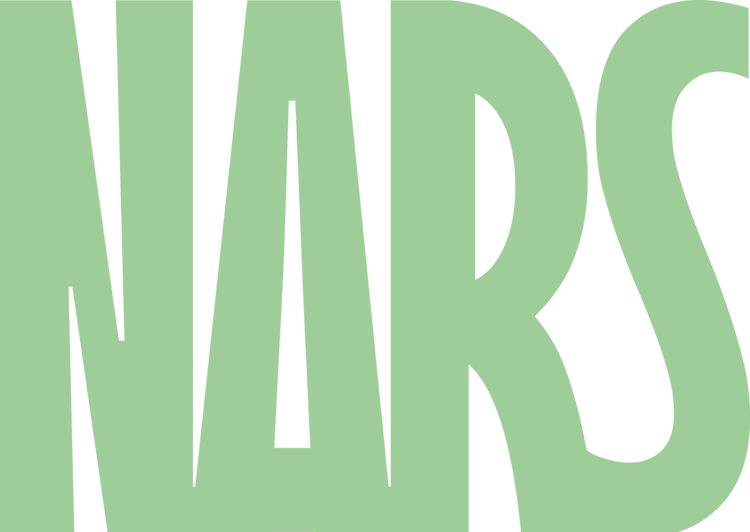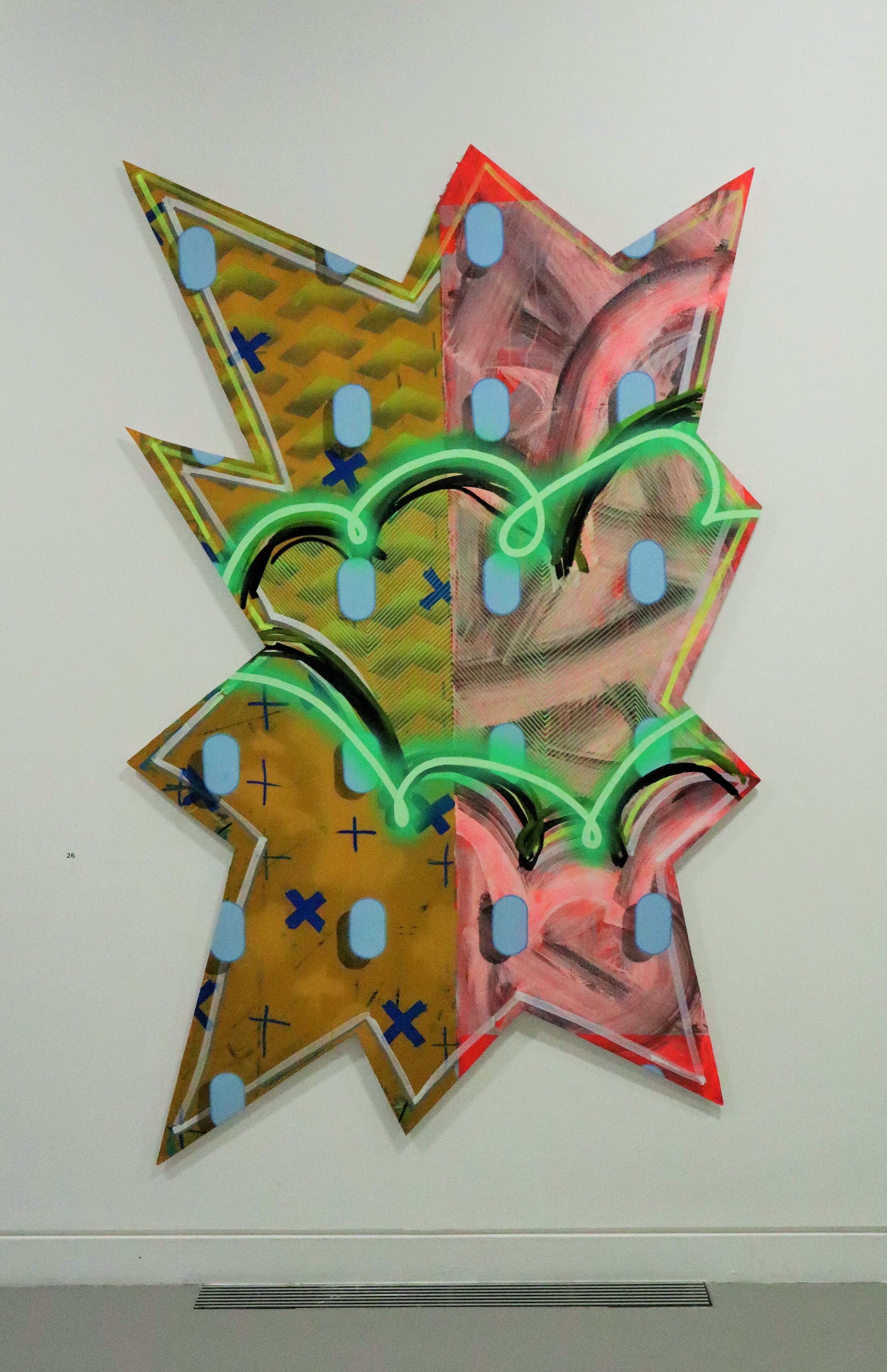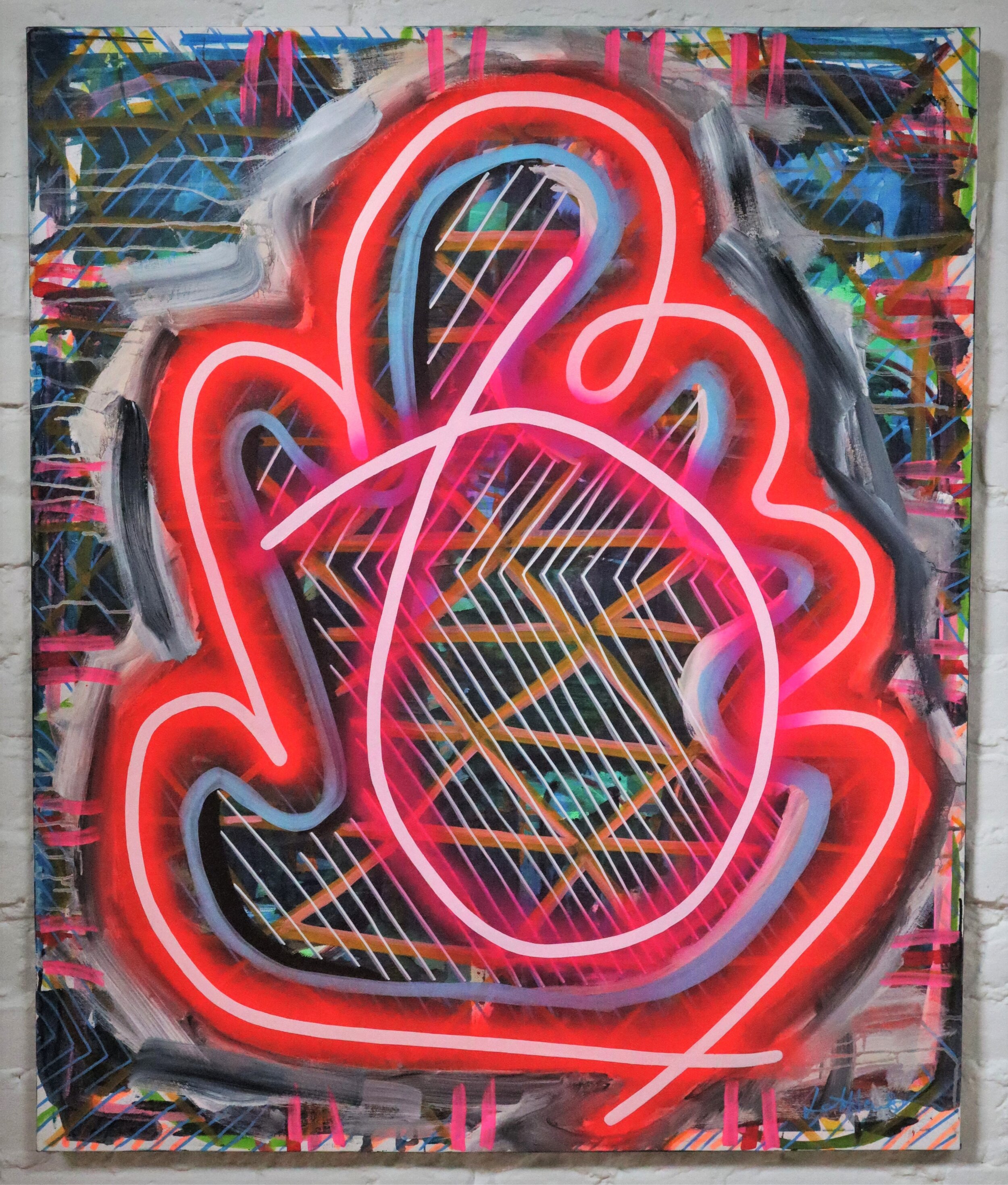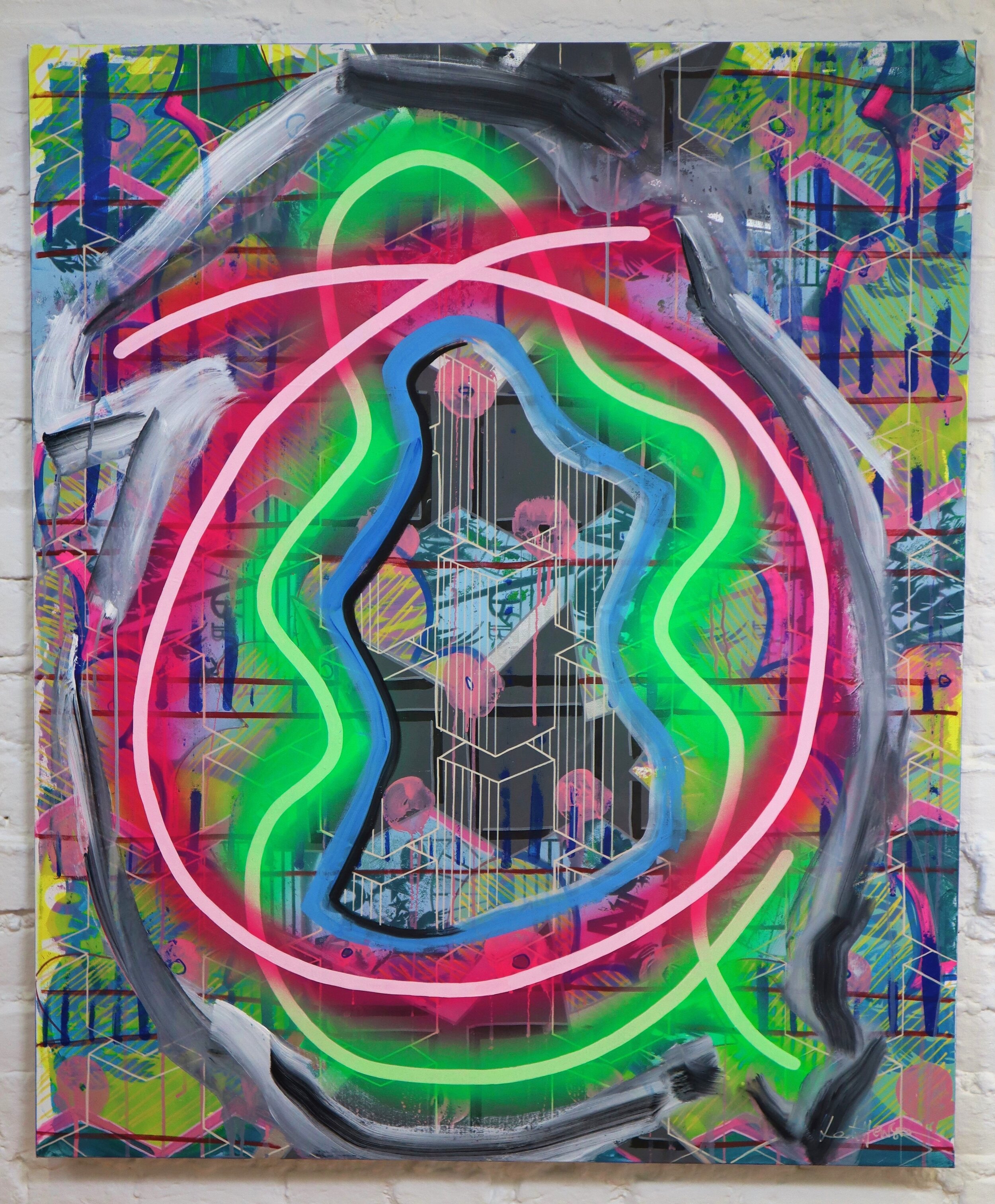Looking Forward while Looking Back:
A Part of it All
First Segment
Curated by Elisa Gutiérrez Eriksen
Oct 2 - 22, 2020
NARS Foundation is happy to present “A Part of it All” as a continuation of the Looking Forward while Looking Back Series. This iteration will be divided in two segments. In the first one we present the works of Leah Hewson, Elisabeth Smolarz and Denise Treizman.
Through the use of simple gestures related to actions, patterns, colors, structures, or even moments, this group of artists investigates the ways in which perception operates and responds. Just as time doesn't pass identically to everyone, looking at images/perception is not an identical experience. In this sense, the works in this two part exhibition explore cognitive stimulation and interactions with different fragments of the unconscious mind.
While exploring visual illusions and playing with perception to find the dividing point between what is real and what is not, these artists build a sensorial vocabulary –made of light, objects, patterns and colors– that serves as a path towards awareness, emphasizing that, over all, we´re not external observers but a part of it all.
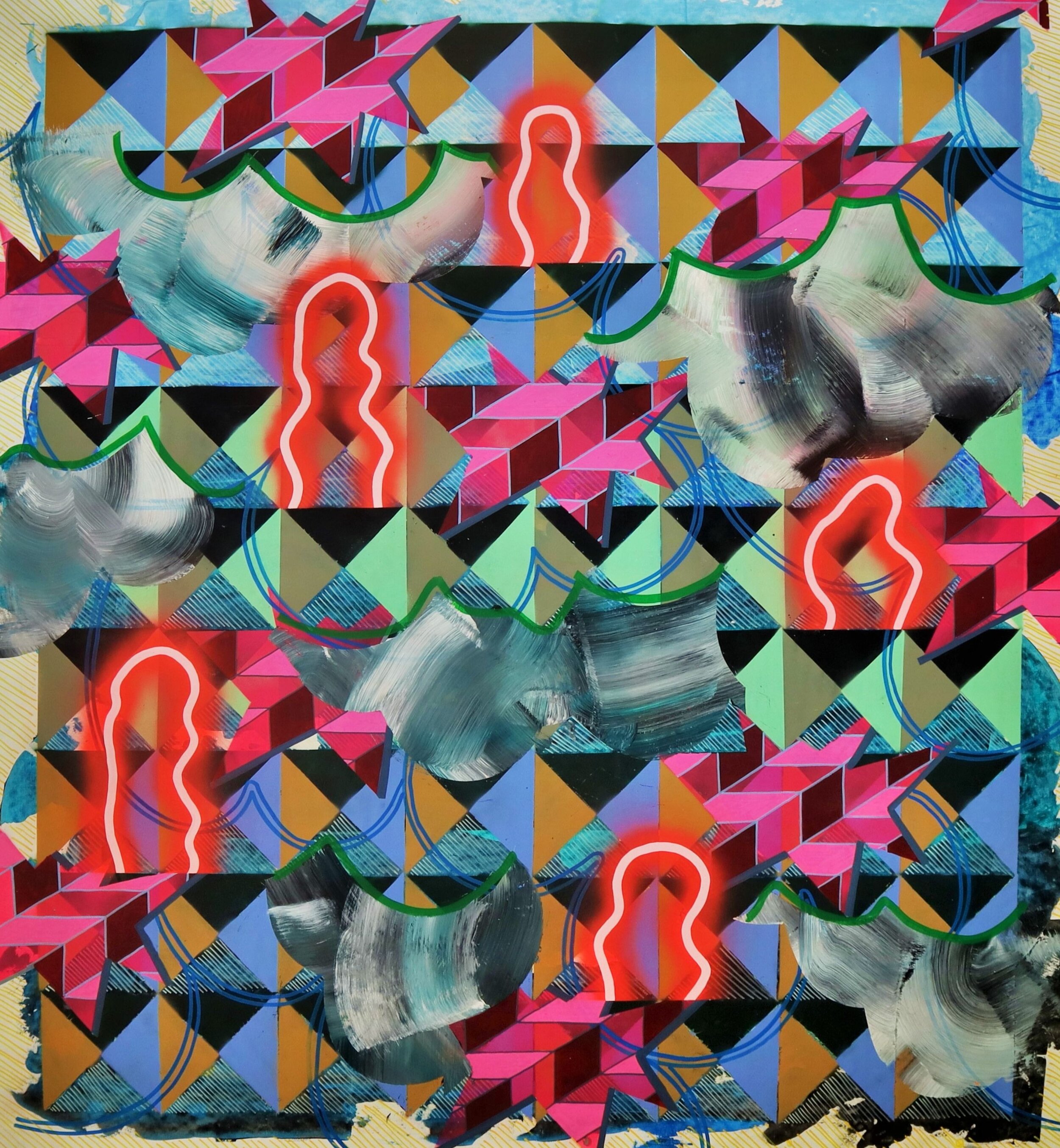
Leah Hewson (Ireland)
NARS Alumni, 2018 Season IV, 2019 Season I
@leahhewson
Hewson is an Irish artist based in Dublin. Her work is continually searching for ways to access and explore the unconscious mind with the equal desire for excavation and escapism. An instinctive and impulsive approach to image making is adopted to find an abstract sensory vocabulary that activates and celebrates this area of brain activity. Hewson investigates the level of importance that pattern, colour and structure has to the human psyche and how it creates cognitive stimulation from an unconscious level.
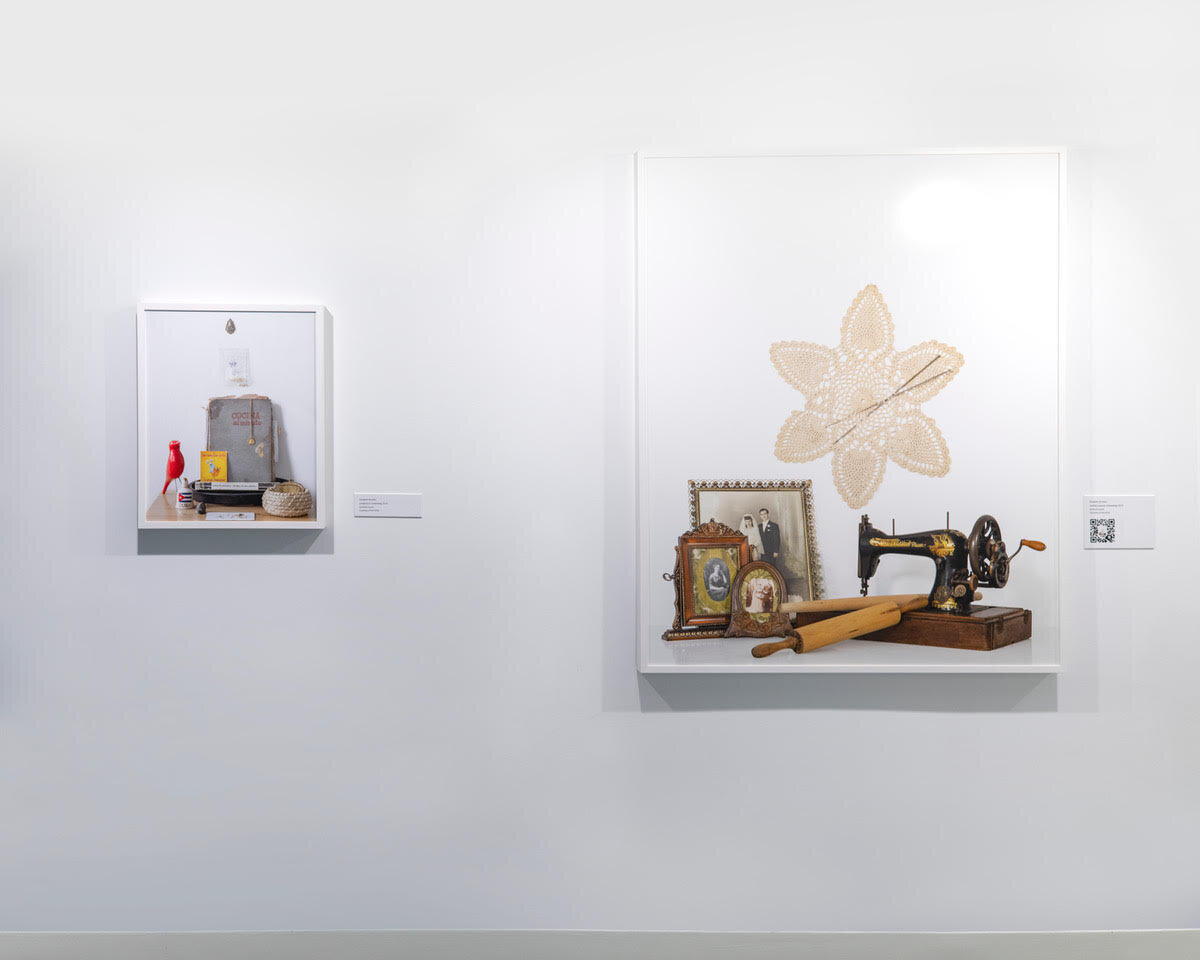
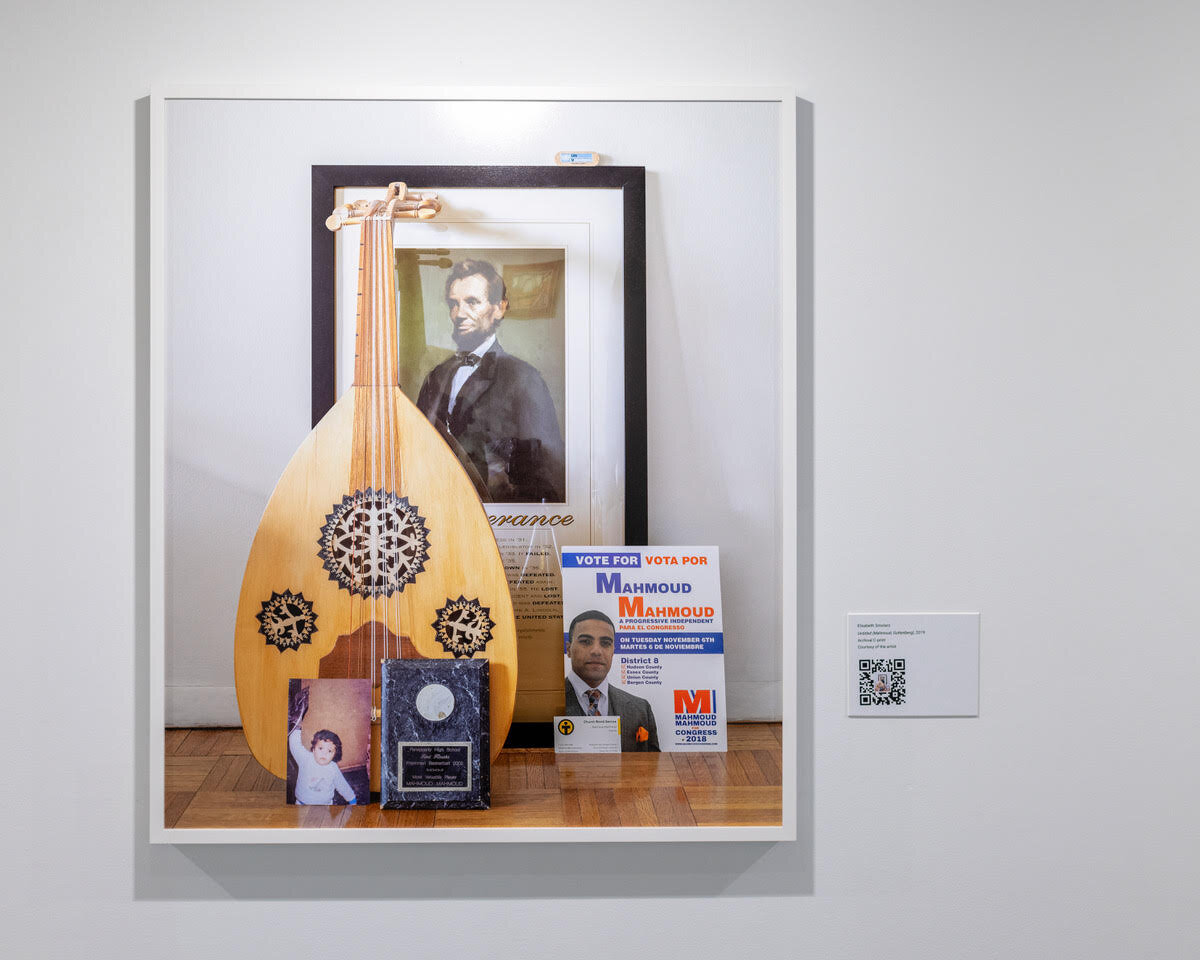
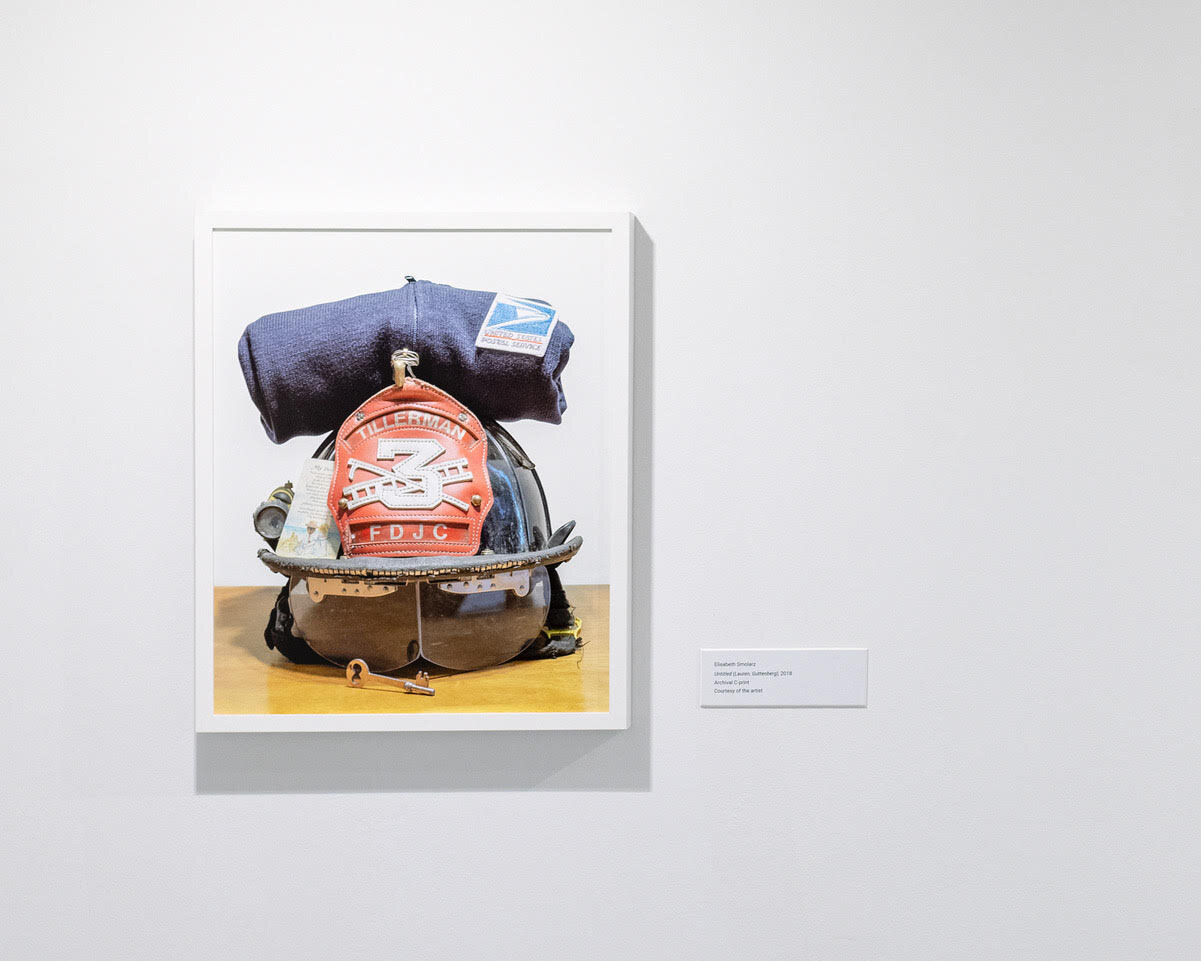
Elisabeth Smolarz (USA)
NARS Alumni, 2016 Season III
@elisabethsmolarz
The Encyclopedia of Things is a photography series in which I collaborate with individuals in their home environments. Each individual selects personal objects that are meaningful to them, which they arrange for the camera in a temporary installation. Whether memento or heirloom, everyone has their own talismans: objects containing a value only significant to its keeper.
The meaning of such objects gets assigned silently, internally, and yet, reveals so much about who we are. The objects are often portals that allow us to travel to key moments in our lives, and we keep them to create a sense of permanence against the impermanence of reality.
Denise Treizman (Chile/USA)
NARS Alumni, 2014 Season IV - 2015 Season I
@denisetreizman
My sculpture and installation repurposes found and ready-made objects, often combined with clay components and woven elements that I intuitively create. Precariously assembled, the works are wild and wacky, yet in balance as they ride up a wall or come tumbling across the floor. My process embraces chance, explores relationships and relies on resourcefulness. I improvise and play, allowing objects and materials to surprise me with their infinite possible combinations. Discarded things that most people overlook, I instead make noticeable. Working on the street and the studio, I examine how worthless fragments and simple gestures can be transformed into unexpected art experiences.
Download Press Release
Leah Hewson
NARS Alumni, 2018 Season IV, 2019 Season I
@leahhewson
How do you see the role of art and artists in society today?
For me art and being creative is like this inexplicable but necessary force for humans and the collective psyche. I think art gives voice to social issues without any political agenda, or has the power to change somebody's way of thinking or mood. I know I have felt a whole spectrum of emotions at different artworks before, from tears to laughter, confusion to anger.
Its pretty difficult here in Ireland as the Arts and Culture sector is not taken as seriously as others, even though it consistently gives without asking for that much in return. Since the Covid lockdown began this has been exposed more as we were left with little funding so there is a bit of a well overdue movement on the rise. Its tough when you are constantly fighting for a little bit of respect. Sorry a little bit of a rant there!! ha
Is there something specific that you hope to explore in the future?
Recently I collaborated with another artist on a large-scale projection mapping project which consisted of screens displaying Hi8 footage that followed pedestrians during rush hour in Dublin before the pandemic. Intertwined in this is a series of moving paintings and animations created from layers that represent the passing unconscious thoughts we have during mindless commutes. . We are intending to create another but with the idea of making it more experiential with the addition of sound. I feel the timing to exhibit work in the public domain is more important than ever with all of the restrictions and rules in place.
I have also begun a series of laser cut Perspex pieces which I think have a lot of potential to be expanded on. I would consider these more of a material exploration and would love to discover a way to merge them with the projection mapping at some point.
Can you tell us a bit more about your process when creating artwork?
I like to approach my painting practice impulsively and instinctively. It’s important to me to try to work in a flow like state to reach my unconscious. Listening to techno music through headphones helps! I think my work acts as a type of escapism in this way.
The multitude of cohesive and combative layers throughout my painting confront the complexity of the human unconscious. I am searching for an abstract sensory vocabulary that activates and celebrates this under-estimated part of the brain that is often taken for granted but is crucial to our survival. I like to poke at people’s visual perception by adding intriguing elements that question form, structure and light.
How are you doing these days? Is your artwork being influenced by or providing an outlet from the current events in the world?
I have been fairly good and have never been busier which is great! We are back into lockdown here in Dublin but my studio is not far from where I live so I have been able to go in to work the whole time which I am very grateful for. I did completely unravel in the first few weeks though and found it hard to motivate myself. Over time I regained structure which I have come to realise is fundamental for humans to live.
It usually takes me a while to process big events so currently my work hasn’t seen any change but perhaps something might appear in the future. I am incredibly grateful to have a creative outlet to give me respite from the outside world, especially because my work seems to lean towards joy and optimism. Perhaps this is a rebellion against all the crap that’s going on!
Denise Treizman
NARS Alumni, 2014 Season IV - 2015 Season I
@denisetreizman
Having a studio at home, something that was frustrating compared to my privilege of having had amazing working spaces in NYC, is not so bad anymore. It has definitely been an outlet, allowing me to keep making and communicating with other artists around the world.
How do you see the role of art and artists in society today?
In the midst of lockdowns all over the world so many people have turned to art in its different forms. Whether it is art as a way to escape, to express emotions, or to connect with others and fight solitude…it feels as if finally art is getting some of the credit it deserves. The closure of museums and galleries, new forms of interaction and the need to create and express is seemingly bringing art closer to an audience otherwise distanced from our elitist art world bubble. In such times of uncertainty and despair in so many aspects I would like to think of us artists and of art itself as a provider of relief, and why not as tool to heal society and individuals a bit.
Is there something specific that you hope to explore in the future?
It might sound banal in the middle of this world crisis, but I really miss being able to wander through the streets picking up filthy objects left on the sidewalks, especially in New York City. Will there be a time when I can work with found objects again? I mean, when I will be able to grab them without health concerns?
Can you tell us a bit more about your process when creating artwork?
Generally, I do not have a specific plan before I start working on a piece. I am playful and intuitive. The starting point is the materials that I have at hand; whether it’s something I found, something I’ve been keeping without knowing why, a new material purchased online or at the local supermarket…Ready-mades form the cornerstone of my practice. While living in different urban centers I became fascinated by the massive amount of material discarded on a daily basis. I found beauty in the rejected materials of our modern society: in the discarded objects, but also in the idea of excess on its own. Using the found allowed me to build a language that I now apply in a whole-room installation, a piece of paper, a canvas, a weaving… At this point it has more to do with an attitude towards the making, than with the found object itself.
How are you doing these days? Is your artwork being influenced by or providing an outlet from the current events in the world?
My life has changed a lot at a personal level. Not only I relocated, but also I recently became a mother. This has shifted my perspective on so many things, and obviously on priorities too. So has the pandemic situation. Suddenly you realize how little control you have over things. Career goals and other things become secondary, as we simply struggle to get by (at a practical and mental level) and just crave for time to fast-forward, or maybe to rewind…
Elisabeth Smolarz
NARS Alumni, 2016 Season III
@elisabethsmolarz
Can you tell us a bit more about your process when creating artwork?
I often work in series as a way to reflect on events which occur in my life that feel universal. My project "Encyclopedia of Things” began after hurricane Sandy. I had experienced minor flooding in my neighborhood in Greenpoint, but when I visited friends in Red Hook whose houses had been under water, I was struck by the objects that never left their sides no matter the damage they experienced. It made me think about how we all assign important meaning to objects we choose to carry with us. I began visiting friends and friends of friends in their homes for intimate photo sessions centered around their cherished objects, where we analyzed the significance of each object to its owner, who would then arrange them in a still life. This process eventually extended to other cities and countries in Europe, the Middle East and Asia, with now over 100 portraits of objects, each unique, and yet containing something familiar, recognizable to all of us.
How are you doing these days? Is your artwork being influenced by or providing an outlet from the current events in the world?
As a new mom I have been in isolation since January. The spring months were extremely frightening because of the lack of leadership and care of one another in this country. Then, someone broke into my studio just a month ago! But at the same time, as a beekeeper, it has been a very good year – I saw massive improvement in my hives during the past months.
Thinking about the environmental impact of C-19 and well as the birth of my daughter was what lead to my new series, “Seeing a tiger didn’t change who I am.” I started thinking about what will happen in 10 years when my daughter is going to ask me if she can see a tiger, or an orangutan – species that are critically endangered and estimated to go extinct in the near future.
What will I tell her? I visualize our future memories of these species and their digital decompositions by inserting the simple instructions of what we could have done to save them into the code of their digital photographs.
How do you see the role of art and artists in society today?
The art I am personally interested in the most is art that makes me uncomfortable, makes me re-think ideas, makes me discover new perspectives. I find work that fosters intimacy, promotes critical thinking and empathy while introducing new aestetics most powerful. The artists and art world people I am surrounded by are intellectuals, healers, educators, care takers, and spiritualists making brilliant work. These artists are keen observers of our society, they are not the prototype of the “professional” artist that emerged in the early 2000s. Their work will make you think. It will make you laugh and it will make you cry. It will reveal hidden connections between things and our obligations to them.
Is there something specific that you hope to explore in the future?
I believe my bees will be the inspiration for my next body of work. I live in Queens and have a small garden which I planted for the bees in the spring and let grow wild, which became the most wonderful immersive experience this summer with different kinds or bees, wasps, bumble bees and many other insects buzzing all around me. I hope to work with my neighbors to create an even stronger natural ecosystem on our block for the birds, opossums, insects and all the other animals that we live together with. Potentially, this could lead to a new video installation or a 360 experience.
